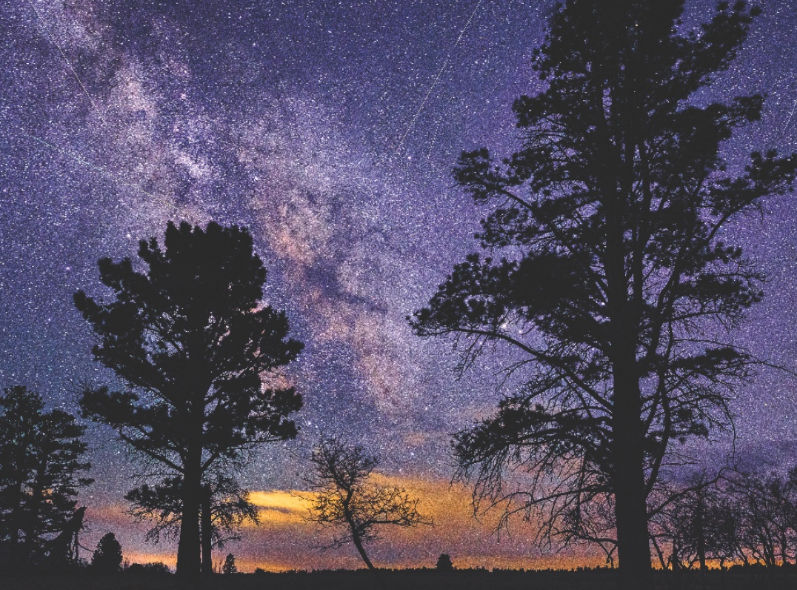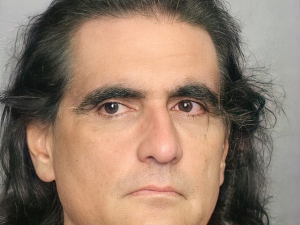Those who enjoy scouring the night sky for the sight of meteors, commonly referred to as ‘shooting stars’, are in for a delight as the Lyrid meteor shower is set to peak this week.
The 2022 Lyrid meteor shower is expected to reach its peak in the early hours of Friday, April 22, post 12am ET. At its peak, 10 to 20 meteors per hour may be visible, depending on viewing conditions.
Also read | Astronauts land after 6 months on space station, longest mission to date for China
As per the American Meteor Society, the Lyrid meteor shower will be best viewed from the Northern Hemisphere, especially from the mid-northern latitudes.
The Lyrid meteor shower is the second major meteor shower this year: the last such shower to take place in 2022 was the Quarantid meteor shower which ended on January 3.
Also read | NASA to test giant space slingshot bigger than Statute of Liberty this year
A brief history of the Lyrids:
Notably, the Lyrids have a long history and have been known for millennia.
Historical evidence suggests that the Lyrids were observed in China as early as 687 BC, with Chinese records describing “stars [that] fell like rain.”
Nearly 2,500 years later, in 1803, the residents of Richmond, Virginia, laid their eyes on the spectacle when very little was known about meteors.
Also read | From another universe: Interstellar meteor hit Earth in 2014, documents reveal
“We, the undersigned . . . being on Wednesday night, the 20th of April, out at a fishing party, and returning home about 1 o’clock A.M., were alarmed with the appearance of a shooting of stars; the whole hemisphere as far as the extension of the horizon, seemed to be illuminated; the meteors kept no particular direction, but appeared to move every way. We viewed the phenomenon for the space perhaps for half an hour with amazement, during which time no intermission appeared. We distinctly heard a hissing in the air, but heard no reports. The above statements may be relied on as facts,” wrote four men, describing the 1803 shower, in a letter published in the North Carolina publication, Register.
Similar accounts of the 1803 shower were also recorded in New York, Massachusetts, New Hampshire, and Delaware.







